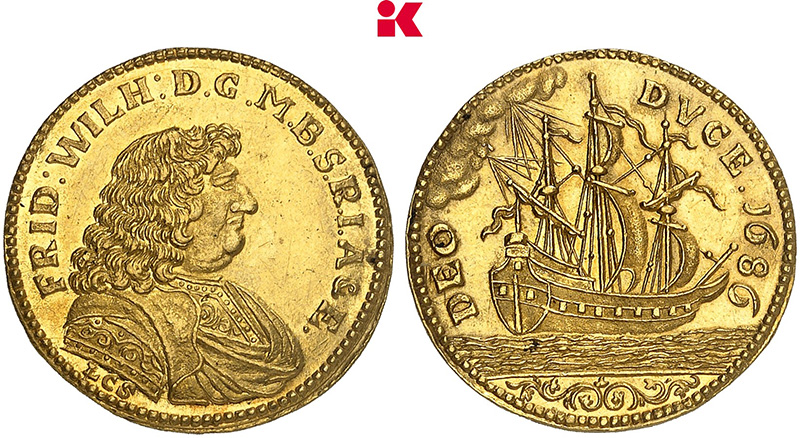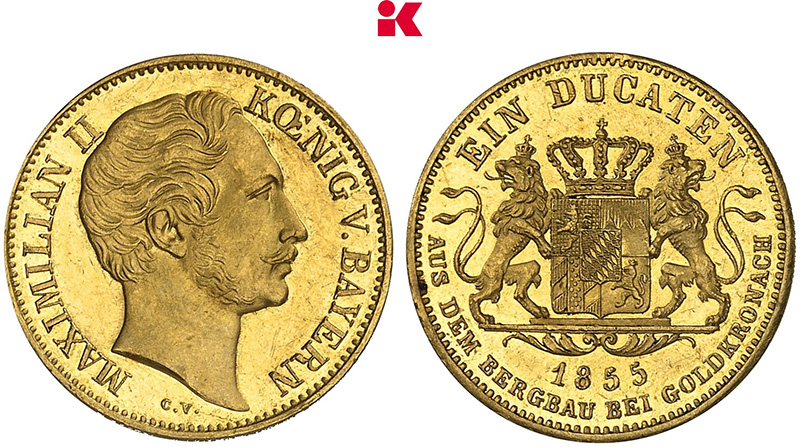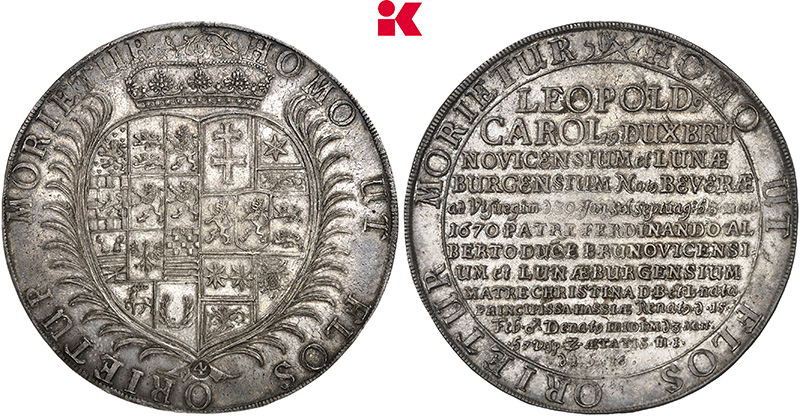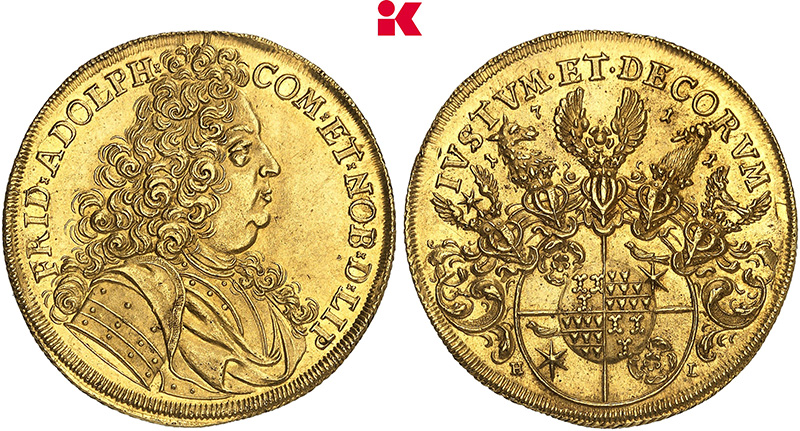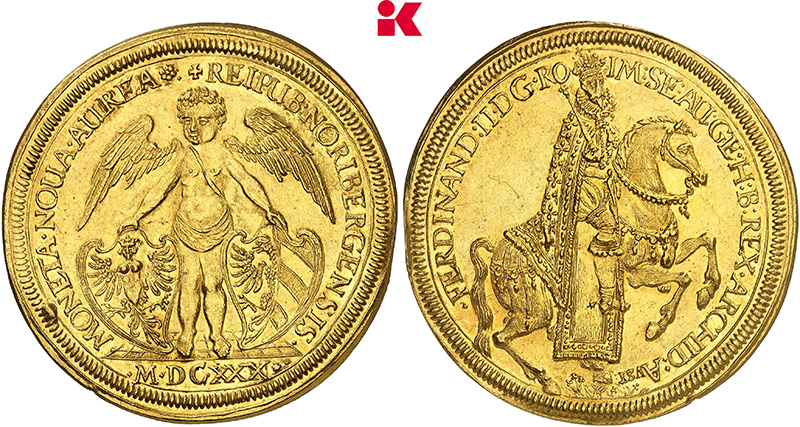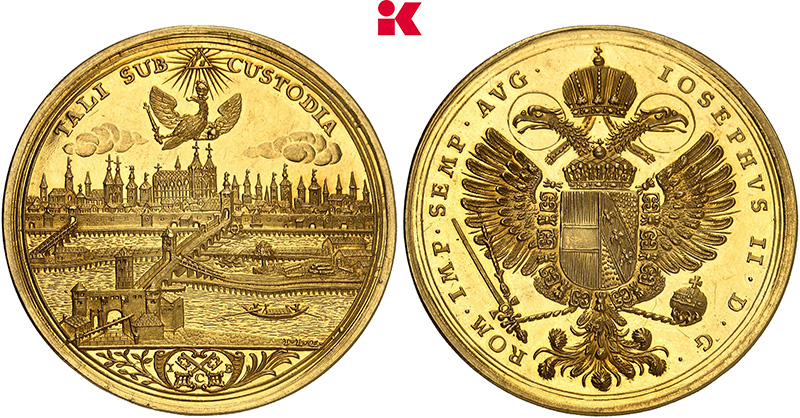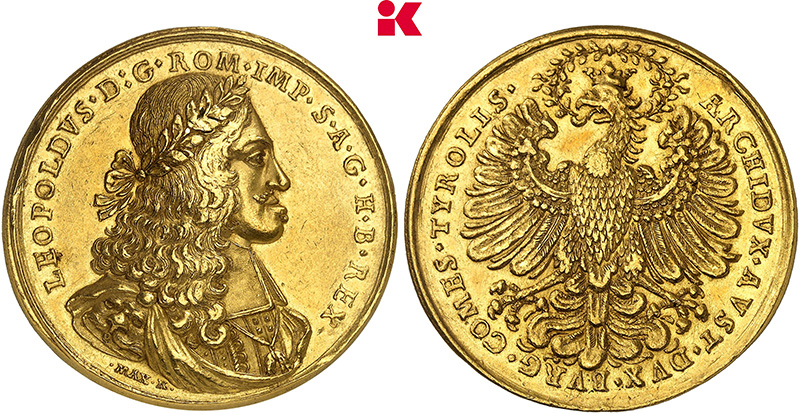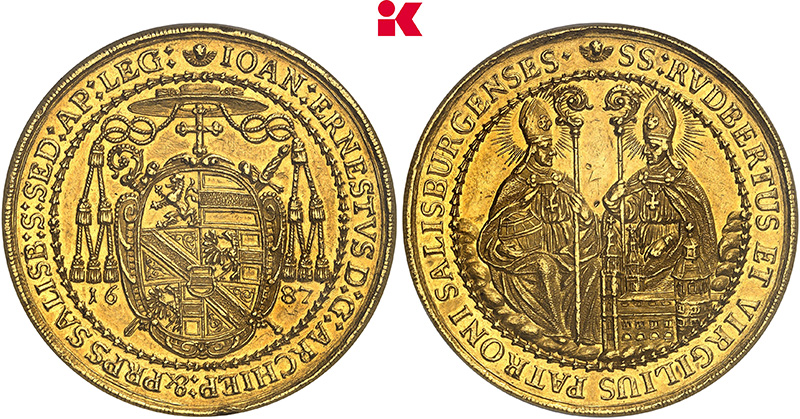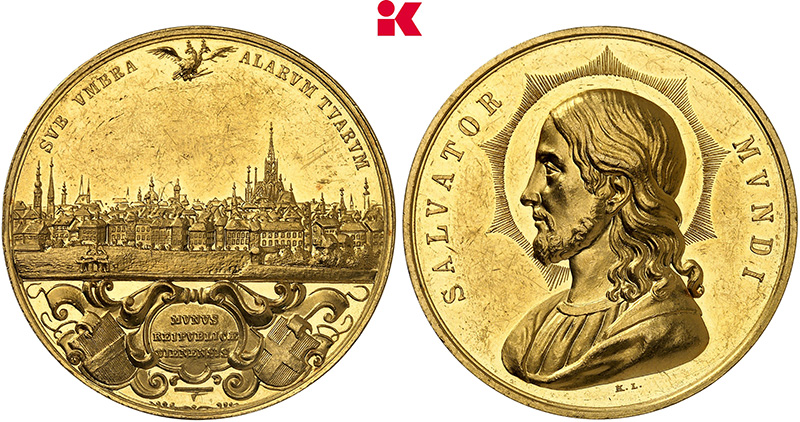The Medals and Representative Coins of Emperor Ferdinand I
by Ursula Kampmann, translated by Maike Meßmann
From a scholarly point of view, medals are among the most underestimated fields in numismatics. Unfortunately, this is also reflected by the publications that exist on this topic. Usually, we can already consider ourselves fortunate when the author of a new medal catalogue copy-pasted some information from Wikipedia about a piece’s historical background into the work. An encyclopaedia of engravers is just about as exciting as it gets. Such publications do not even touch on the really exciting questions. With her work on the medals and representative coins of Emperor Ferdinand I, Andrea Mayr commendably shows what conclusions can be drawn from the study of medals as soon as one asks the right questions and is prepared to look for answers in archival sources and other media.
Content
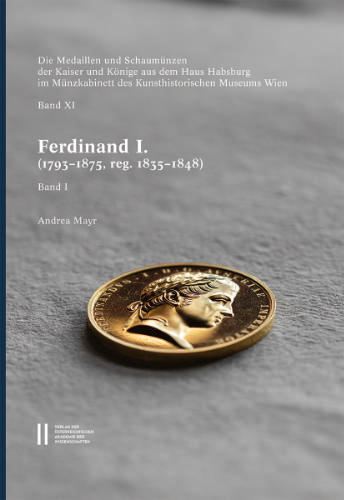
Andrea Mayr, Die Medaillen und Schaumünzen der Kaiser und Könige aus dem Haus Habsburg im Münzkabinett des Kunsthistorischen Museums Wien, vol XI: Ferdinand I. (1793–1875, reg. 1835–1848) (Kunsthistorisches Museum Wien, Münzkabinett, Kataloge der Medaillensammlung, 3). Verlag der Österreichischen Akademie der Wissenschaften, Vienna 2023. 2 volumes, 552 pp., colour illustrations. Hardcover, 7x21cm. ISBN: 978-3-7001-9314-2. 175 euros.
The Necessary Overview of the Historical Sources
After all, medals must not be mistaken for a monolith in the (numismatic) landscape. On the contrary. They are part of a highly complex propaganda machinery, which was employed by every ruler in a more or less systematic manner at the latest since Louis XIV. And this means that the objects that are kept in museum collections only start telling their true story when they are seen in the context of other media, mainly paintings, monuments, buildings and printed documents such as books and pamphlets.
Archival material often helps to understand how all these objects are to be interpreted.
In order to see medals in their context, it does not suffice to describe what is depicted on them and to read their legends. They must be contextualised by means of other historical sources. It is a tedious and demanding task, and Andrea Mayr took it upon herself.
Ferdinand I – An Unpopular Emperor
Ferdinand I, whose medals and representative coins are presented in this work, ruled in an era that is often described as the starting point of central European democracies. He came to power in 1835 when Francis II (I) died, who was the last Emperor of the Holy Roman Empire as well as the first Austrian Emperor. Ferdinand inherited many problems from his predecessor, for example a bourgeoisie that craved more rights to participate in decision-making, and a body of officials that was eager to suppress this desire whenever possible. This conflict of interests erupted in the 1848 revolution. Ferdinand I solved some of the tension by resigning in favour of his youthful nephew Francis Joseph. As a “private individual”, Ferdinand I continued to live on his estates for several decades, where he made quite a fortune through wise management.
The era of his rule is often referred to as the Biedermeier period or – politically speaking – as the “Vormärz” (pre-March), i.e. the time that led to the March Revolution of 1848. This is probably the reason why historians are rather interested in how nationalist and liberal ideas came up instead of how and through what means the ailing monarchy tried to justify its existence.
The author deals with these very questions.
Another Perspective on the Vormärz
For this purpose, Andrea Mayr takes a thorough look at the media coverage controlled by the court. She analysed official portraits and other images in order to highlight the most important virtues with whom the court’s propaganda tried to associate Ferdinand I.
Then she deals with medals as part of PR campaigns. She carefully separates various medal types based on their functions. Were they supposed to be sold? Were they given to guests at a certain event? Awarded to a few selected people? Who was among the recipients? What status did they have? Were medals exclusively minted on special occasions – or were existing tools used to produce new ones whenever necessary? Speaking of the minting process: how many medals were struck to being with?
And who had the authority to decide on all these matters? Who was responsible for the designs as well as operative questions? Andrea Mayr reconstructs the organisational hierarchy of all the institutions and offices that were somehow involved in medal production and describes in detail how tasks were distributed among the various bodies. In this way, she did pioneering work. Only a few areas of 19th-century numismatics have been examined in such a comprehensive way.
By doing so, she reveals how misguided a wide-spread prejudice in the numismatic world is, according to which there is nothing interesting to say about issues of the modern era. On the contrary! In her work, every layer of the complexity of medals as a ruler’s tool to present themselves is dealt with extensively.
From General Information to the Concrete Application of Knowledge
While the first volume is supposed to be a theoretical introduction to the subject, the catalogue goes well beyond the scope of what we usually understand by that word. She almost dedicates entire monographs to every single group of medals, which deal with every detail. This goes from why they were produced and how the issues of that group were being used, to the concept behind them, production methods, mintage numbers as well as recipients and how they were financed. In this way, the 115 objects from the era of Ferdinand I in the collection of the Kunsthistorisches Museum in Vienna were turned into a heavy volume of almost 300 pages!
More Than Bibliophile, Just Beautiful!
When raving about the contents of the two volumes, I do not want to miss out on talking about their presentation. Rarely have I held such a beautiful book in my hands. The layout almost has to be described as artistic. Much love and expertise went into the creation of a work that was truly worth this effort.
In other words: this book is a precious addition to any library. It should be compulsory to study it at universities to make students aware of the fact that numismatics is much more than looking at small, circular objects. Andrea Mayr exemplary demonstrates what results can be achieved when archival sources are analysed in a systematic manner while never forgetting about the object itself. I am sure that I will go back to reading her book time and again, always finding something new in it.
Congratulations to this magnificent work!







